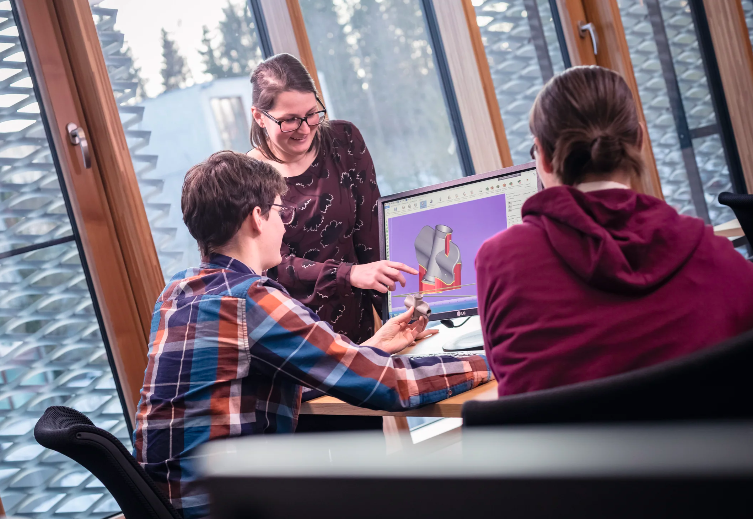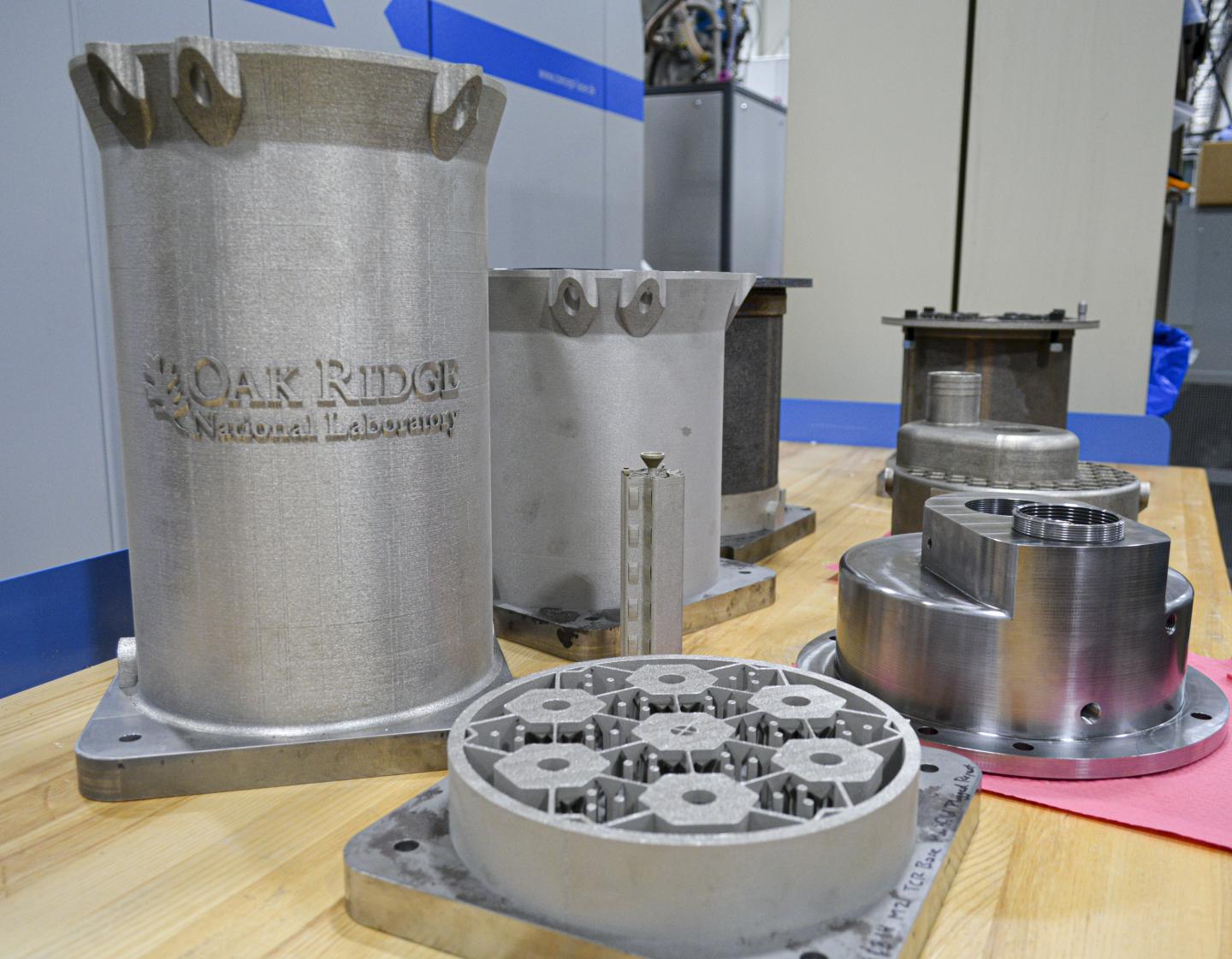Researchers from MIT have published a study that proposes the roll-out of U.S. government-backed training courses to address the skill-gaps in the 3D printing workforce.
The paper, which was published as part of MIT’s Work of the Future project, urges the introduction of incentivized employee upskilling programs to help SMEs adopt AM technologies. Without significant investment in training, the team has warned that 3D printing will not be able to reach its full potential or continue to expand into new applications.
“Despite its strong industrial potential, the implementation of AM remains constrained by the technology’s maturity and the skills of the corresponding workforce,” said the team in their research. “Upskilling programs can serve the dual purposes of advancing the industrial use of AM, while retaining experienced manufacturing workers.”

Fulfilling the potential of 3D printing
The Work of the Future project was set up by MIT, and backed by Google and JP Morgan in 2018, to harness recent technological advances for societal benefit. Within the program, MIT’s Haden Quinlan and John Hart were tasked with investigating how the AM workforce has coped with the industry’s progress.
In their paper, the team recognized that 3D printing has moved from a focus on prototyping into on-demand production, but also identified a skills shortage that’s slowing its advances. For the researchers, AM has reached an inflection point, at which new training courses and funding are needed, or the technology’s growth risks stalling.
The US government, which backs the Oak Ridge National Lab and America Makes, was singled out as being pivotal to driving 3D printing’s adoption. Given that high-volume AM still comes at a premium compared to traditional manufacturing, the team claims that additional funds are required to enable additive to compete.
Having found that areas of 3D printing such as Intellectual Property (IP) protection and material compatibility could also prove disruptive to industry growth, the MIT duo has made various proposals. The guidance is designed to facilitate the technology’s continued expansion into new industries.

Re-skilling the additive workforce
Despite a rise in the number of U.S.-based training courses, the researchers still consider them to be insufficient to address the shortage of qualified professionals. Statistics from the Bureau of Labor Statistics support the team’s analysis, showing that since 2012, manufacturing hires have fallen up to 15% below what’s needed.
To tackle 3D printing’s wider skill shortage, the MIT pair have called on the government to play a greater role in the sharing of research and facilitating fellowship programs. Upskilling existing workers is also central to the team’s proposals, and they suggest that incentivized training contracts could drive AM’s adoption by SMEs.
Overall, the skill-gaps identified by the team are similar to those of the EU-backed SAM survey, which urged the rapid introduction of pilot schemes. While the MIT duo opted not to highlight specific skills that were lacking, the SAM group concluded that being able to qualify materials is also becoming increasingly important.
In terms of training though, both sets of researchers agree that additional courses are required urgently, in order to better meet the industry’s staffing needs.

Is IP infringement an obstacle to growth?
The researchers also found that as 3D scanners have become more readily available, the barrier for entry to counterfeiting has been lowered. For instance, citing figures from Toyota Australia, the MIT pair found that more than a third of Toyota parts being sold online as ‘genuine’ in 2018, were in fact forgeries.
These fakes aren’t subjected to the same level of safety testing as the genuine articles, thus they are potentially brand-damaging to their original designers. In order to combat this potential threat, the researchers highlighted the need for a new data management standard that provides firms with better encryption security.
More significantly, the team has also called for an end to the ‘gray area’ that exists between the rights of consumers and manufacturers. As the capabilities of hobbyist users continue to grow, the duo proposes that legislative changes be made that draw clear boundaries between IP protection and the customer’s right of repair.
3D printing’s ongoing IP debate
The issue of IP protection within 3D printing has been a hot topic for some time now, with some figures in the industry calling for further regulation. Despite this, the analysis of several institutions has found that current legislation is sufficient to safeguard firms and their IP.
The UK Intellectual Property Office’s (IPO’s) 3DPIP Futures project concluded that although some clarification was required, there’s no pressing need for legal reform. Similarly, following a European Commission report on IP, Thomas Prock of the legal firm Marks & Clerk said that as it stands, existing legislation may be sufficient.
Jason Teng of the IP law firm Potter Clarkson, meanwhile, has said that the current IP framework is “ill-equipped” to deal with the challenges facing 3D printing. Teng recommended the introduction of a new licensing mechanism to control the flow of additive manufactured goods.
The researchers’ findings are detailed in their paper titled “Additive Manufacturing: Implications for Technological Change, Workforce Development, and the Product Lifecycle,” which was co-authored by Haden Quinlan and A. John Hart.
To stay up to date with the latest 3D printing news, don’t forget to subscribe to the 3D Printing Industry newsletter or follow us on Twitter or liking our page on Facebook.
Are you looking for a job in the additive manufacturing industry? Visit 3D Printing Jobs for a selection of roles in the industry.
Featured image shows someone being taught a class on 3D modelling. Photo via EOS.


